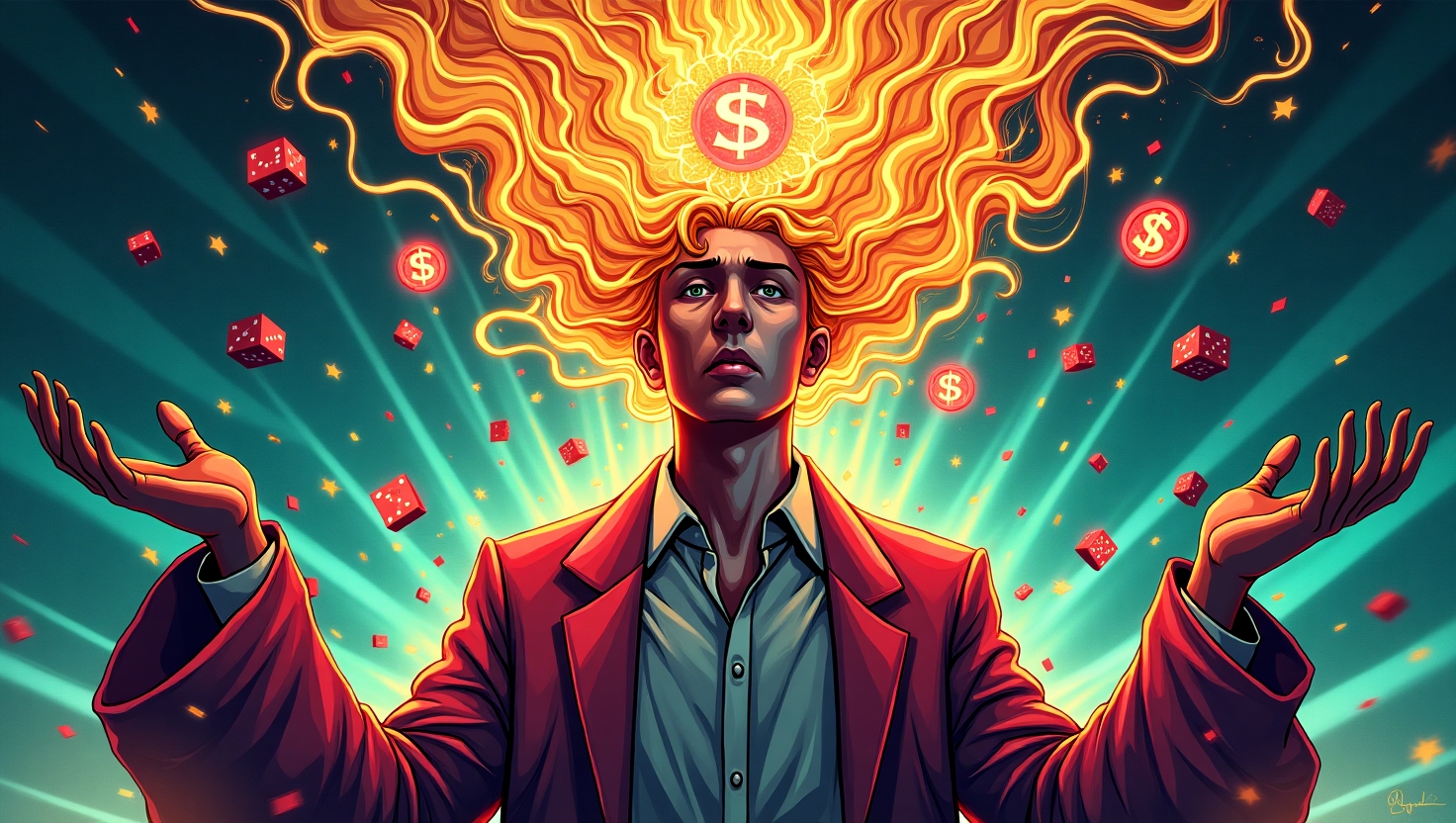Trump Tied to Controversial $550M Crypto Token Sale

Key Takeaways
A report has raised questions about the connection between Donald Trump and the crypto company World Liberty Financial Inc. (WLFI). At the centre is a token sale campaign in which the Trump family could allegedly receive up to 75% of the proceeds – approximately USD 400 million. At the same time, WLFI is planning a new digital currency with its stablecoin USD1, aiming to secure the dominance of the US dollar in the crypto market. Critics point to conflicts of interest, lack of transparency, and risks to financial stability.
What is WLFI and the Token Sale About?
WLFI recently completed a token sale worth USD 550 million. According to a Reuters report, up to USD 400 million of that amount may go to the Trump family – roughly 75% of the proceeds. They are also reportedly entitled to 60% of the company’s future profits.
Only about 5% of the sale revenue is expected to be used for the actual development of the WLFI platform, according to the report. The remainder is allocated to co-founders and investors. Token buyers face restrictions: they cannot resell the tokens, and their voting rights in corporate governance are unclear. This raises questions about fairness for retail investors.
What’s Behind the Stablecoin USD1?
WLFI is planning its own stablecoin, USD1, with the goal of securing the dominance of the US dollar in digital payments. Stablecoins are cryptocurrencies whose value is pegged to a stable currency – usually the US dollar. Unlike decentralized cryptocurrencies like Bitcoin, USD1 will be centrally managed.
According to WLFI, it reserves the right to freeze accounts and block transactions. This central control sets USD1 apart from decentralized alternatives. Critics argue that this poses a risk to users’ financial autonomy.
Moreover, WLFI has recently reported losses in its crypto portfolio – including a USD 51 million drop in February 2025 alone. This raises doubts about the company’s financial stability and the backing of USD1.
You should read that too:
-
 Asian Slots – The Best Asia-Themed Online Slot Games
Asian Slots – The Best Asia-Themed Online Slot GamesReading time: ~ 4 minutes
-
 Viking Slots: Best Norse-Themed Slot Games
Viking Slots: Best Norse-Themed Slot GamesReading time: ~ 4 minutes
-
 Igloo Ventures SRL
Igloo Ventures SRLReading time: ~ 4 minutes
-
 Food and Drink Slots: The Best Slot Games Inspired by Culinary Delights
Food and Drink Slots: The Best Slot Games Inspired by Culinary DelightsReading time: ~ 4 minutes
-
 Space Slots – Best Space-Themed Slots
Space Slots – Best Space-Themed SlotsReading time: ~ 4 minutes
Political Influence and Regulatory Concerns
The close relationship between Trump and WLFI raises concerns about the independence of financial oversight. In February 2025, President Trump signed an executive order increasing his control over independent regulatory agencies – including financial regulators.
Senator Elizabeth Warren and other Democratic lawmakers are calling for clear rules and oversight of stablecoins. The proposed “GENIUS Act” would give the US Federal Reserve and the Office of the Comptroller of the Currency (OCC) authority over stablecoins. Whether this initiative will succeed given the current political climate remains uncertain.
Additionally, Paul Atkins, a well-known crypto advocate, has been appointed chair of the US Securities and Exchange Commission (SEC). His stance could lead to looser regulations – potentially threatening market integrity.
What Does This Mean for You as an Investor?
When political figures like Trump are directly involved in crypto projects, potential conflicts of interest arise. Especially with centralized stablecoins like USD1, trust in the independence and security of the system may be undermined.
As an investor, it’s important to take a close look: Who controls the project? How transparent is the use of funds? What rights do you have as a token holder? And how stable is the provider financially?
The developments surrounding WLFI show how closely politics and crypto have become intertwined – and how crucial clear rules and independent oversight are.
Our Assessment
The connection between Donald Trump and WLFI is an example of how political interests and financial involvement can intersect in the crypto market. The Trump family’s large share of the proceeds and profits raises questions about fairness and transparency. The centralized control over the USD1 stablecoin also contradicts the core principles of decentralized financial systems.
For investors, this means caution is advised. Those investing in projects like WLFI should be aware of the risks – especially when political influence and lack of regulatory oversight are factors. The future of stablecoins like USD1 will largely depend on whether trust can be built through clear rules and transparent structures.









 Advertising transparency
Advertising transparency